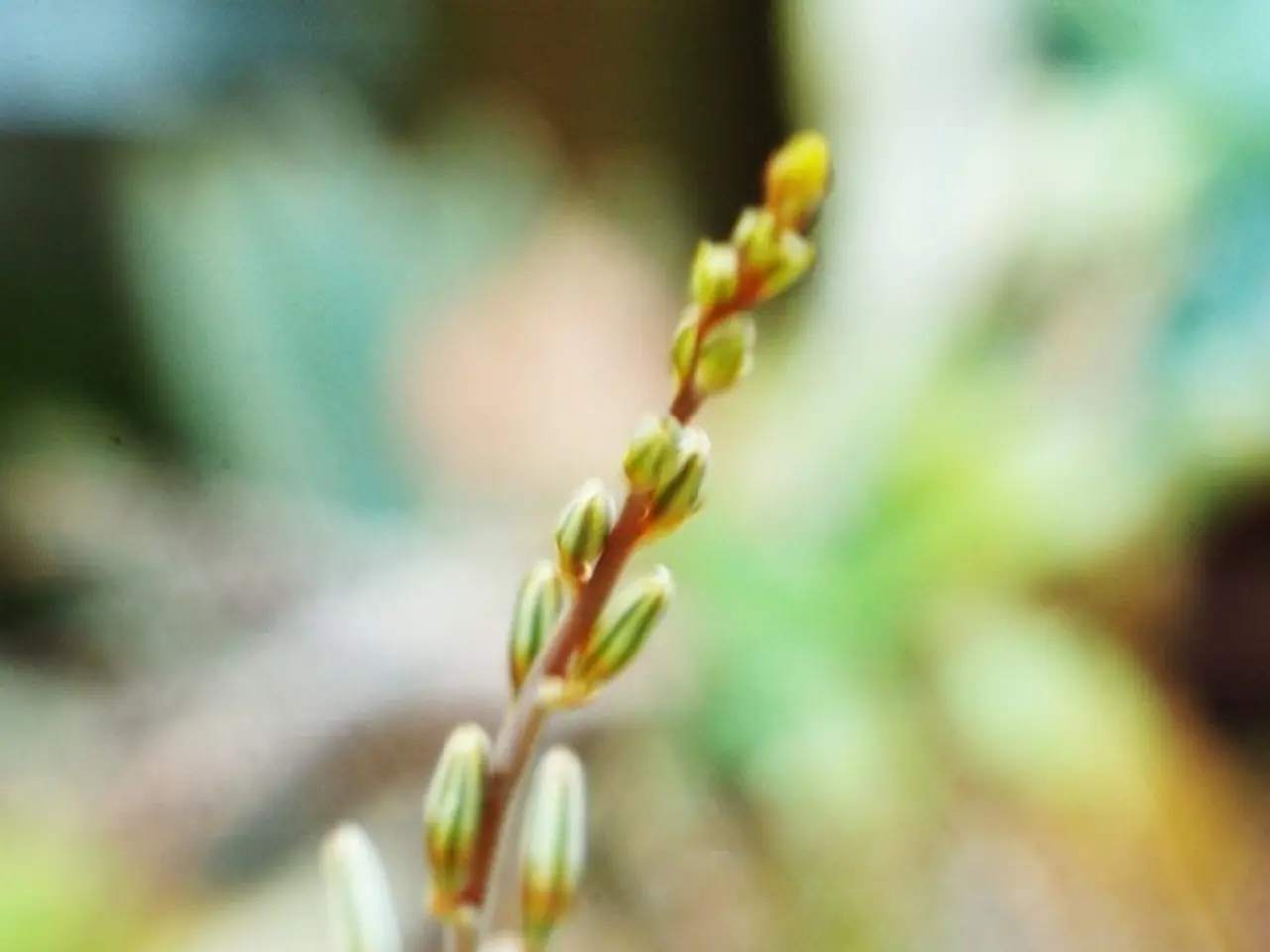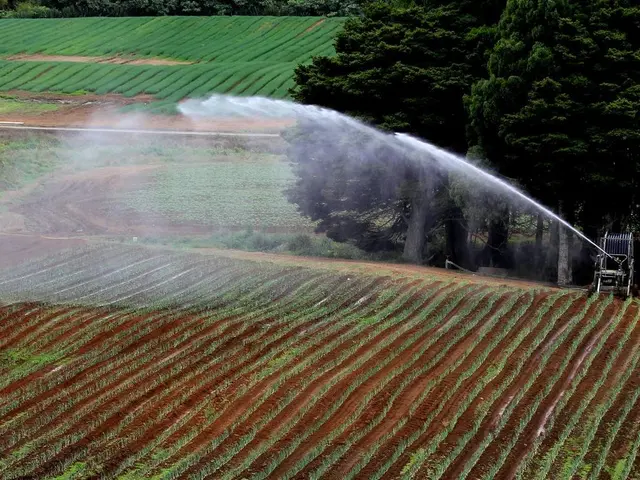Discovering Portulaca oleracea (also known as Purslane) and Utilization Techniques
Discovering the Delights of Purslane: A Versatile and Nutritious Edible Plant
Purslane, scientifically known as Portulaca oleracea, is a resilient, succulent plant that has made its home in warm and temperate regions worldwide. Originating from ancient India and the Middle East, this small annual plant has spread its roots across Europe, Australia, the Middle East, India, and the Americas.
Origins and Spread
The exact origins of Purslane can be traced back to the Indian subcontinent and the Near East. Archaeological evidence shows that it was present in Lake Crawford, Ontario, as early as between 1350 and 1539.
Characteristics and Edibility
Purslane is easily recognisable by its thick taproot and fibrous root system, multiple, smooth, reddish stems that often root at the nodes, and succulent, green, oval to spoon-shaped leaves. These leaves, which are often 1/2 to 2 inches long and about 1/2 inch wide, have smooth edges and broaden near their rounded tip. The plant's stems can grow up to 12 inches or longer, forming a mat of Purslane up to 3 feet in diameter.
Purslane's flowers are yellow, opening in the morning on hot, sunny days, and remaining open until early afternoon. They bloom singly on the tips of stems or stem joints.
Despite its tough exterior, Purslane is incredibly nutrient-dense. It is rich in Omega-3s, calcium, iron, and vitamins A and C. The plant is edible in its entirety, with its leaves, stems, flowers, and seeds all being quite tasty. Purslane is a popular ingredient in a variety of dishes, including salads, cooked dishes, pickled vegetables, and baked goods. It can also be used for medicinal purposes, such as making tea or tincture, or treating various conditions like diarrhoea, fever, inflammation, and arthritis.
Cautions and Identification
While Purslane offers numerous benefits, it is essential to be aware of its potential similarities to other plants. For instance, it can be mistaken for Prostrate Spurge, but it differs in several noticeable ways, including its larger, more fleshy leaves, lack of woody stems, and absence of a white, latex sap when the stem is severed.
It is also important to note that Purslane contains oxalic acid, which gives it its sour flavour. People with kidney disease, frequent kidney stones, or high uric acid should avoid Purslane or consult their doctor before consuming it.
Seeds and Harvesting
Purslane seeds are small, ovoid, and dry to brown. When mature, the capsules break open, releasing the seeds. The seeds can remain viable and dormant in the soil for several decades. Purslane is usually harvested during the warm summer months, but in southern regions with higher temperatures, it may be present in spring.
In conclusion, Purslane is a versatile and nutritious plant that has made a significant impact on cuisines and medicine across the globe. Whether you call it Purslane, Pursley, Little Hogweed, Fatweed, Pigweed, or Wild Portulaca, this resilient plant continues to thrive and offer its benefits to those who appreciate its unique flavour and nutritional value.
Read also:
- Cheese consumption leads to fatalities for two individuals.
- AI's looming shadow on Mexican small-scale enterprises: how purpose-driven communities can offer salvation
- West Nile virus transmitted by mosquitoes detected in Lancaster County
- "Intel Executive Praises Arrow (Lake) Notebook as Remarkable, Offers Insights into Intel's Future Processors in 2025"








